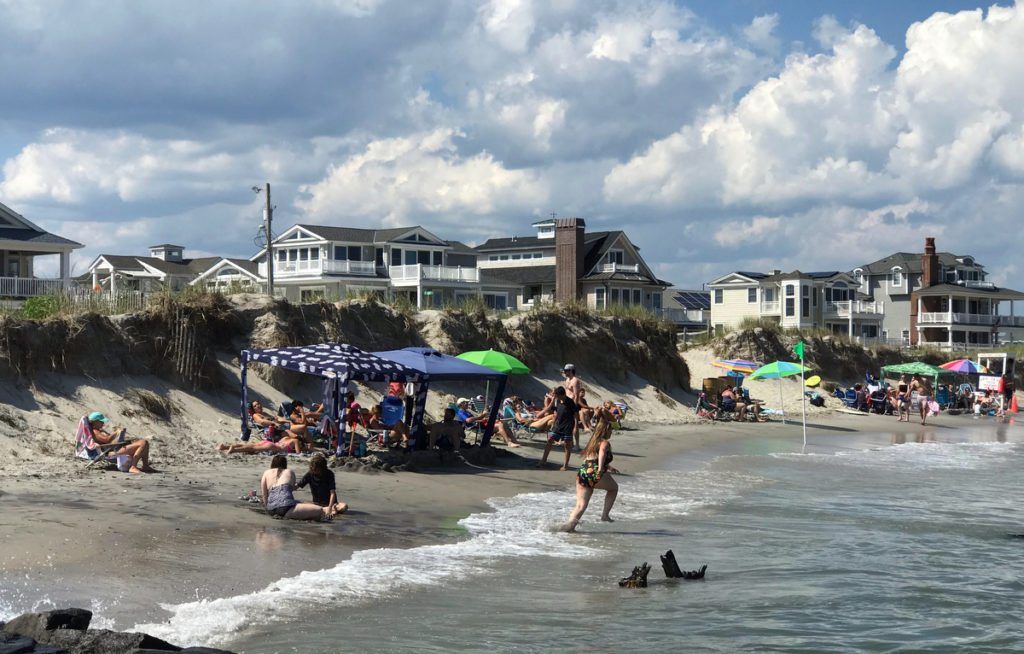
Imagine flooding in Atlantic City almost every day of the year, blueberries and cranberries no longer grown in the state, and birds like the American goldfinch, the state bird, at risk because of changes in the climate.
These are some of the sobering findings in “The Scientific Report on Climate Change” released Tuesday by the New Jersey Department of Environmental Protection. The 205-page report is “the first comprehensive effort to assemble the latest and most reliable scientific information on the current and predicted future impacts of climate change that are specific to New Jersey’s natural and built environments,” Catherine McCabe, commissioner of the Department of Environmental Protection, writes in a forward. Information was obtained from some of the “best scientists and scientific institutions in the world who call New Jersey home.”
“We know that now is the time for climate action.”
Governor Phil Murphy, State of New Jersey
The report was created through an executive order by Gov. Phil Murphy. It is expected to be updated every two years. It will also be used as a guide for planning by the DEP in response to climate change.
“We know that now is the time for climate action,” Murphy said in a news release Tuesday.
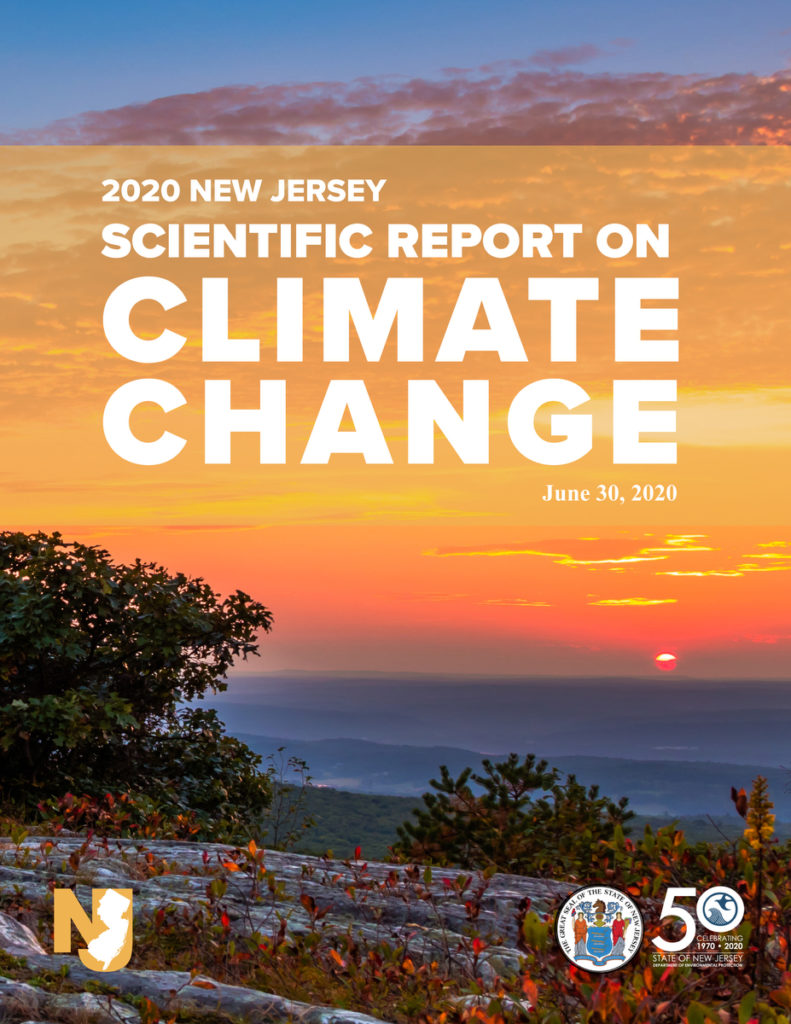
Some of the items listed in the report put New Jersey at the top of the list for climate change effects: The state is warming faster than the rest of the Northeast, and sea levels are increasing at a greater rate in New Jersey than in other parts of the world.
The report breaks down specific areas of the New Jersey environment that will be impacted by climate change within the next 30 years and comes as a one-two punch with House Speaker Nancy Pelosi’s announcement Tuesday of a national plan to eliminate all U.S. greenhouse gas emissions by 2050. The 547-page Democratic proposal calls for more renewable energy and eliminating pollution from cars by 2035 and from power plants by 2040.
The DEP report finds New Jersey’s annual temperature has increased 3.5 degrees since 1895 and “unprecedented warming” is projected in the future, increasing temperatures 4.1 to 5.7 degrees by 2050. Heatwaves over larger areas, with longer duration, are predicted by 2050, which could result in a 55% increase in summer-related deaths.
Annual precipitation in the state is expected to increase 4% to 11% by 2050, the report states, with increasing intensity and frequency, resulting in increased flooding and more intense tropical storms due to the warmer ocean water. Droughts also may occur more frequently due to the expected changes in precipitation patterns.

It may be a good idea to enjoy those Hammonton blueberries while you can. The research found New Jersey soil may become unsuitable in the future for specialty crops such as blueberries and cranberries, as higher temperatures reduce the necessary winter chills. All crops are expected to undergo some variation due to the changes in temperature and precipitation patterns.
Of concern to those living along the coast is sea-level rise. The data indicates a 50% chance that sea-level rise will meet or exceed 1.4 feet, increasing to 3.3 and 5.5 feet by the end of the century. As a result, “sunny day flooding,” also known as nuisance flooding caused by extreme high tides, is predicted to occur more often across the entire coastal area. Atlantic City is “extremely likely” to experience “sunny day flooding” 95 days of the year, and there is a 50% chance it will see it 355 days a year by 2100, the researchers said.
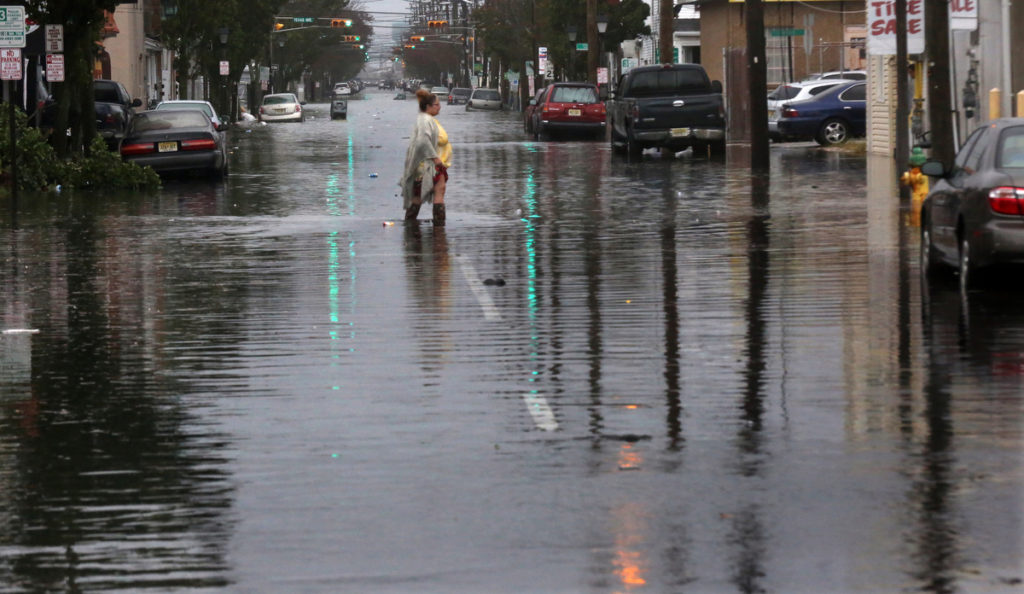
Another area of concern for South Jersey residents is a DEP prediction that summer flounder fishing could be affected as a result of more “dead zones,” where oxygen in the water is so low it can no longer sustain marine life. These zones can form when runoff from farms and urban areas floods nearby waterways with nutrients that reduce oxygen levels.
“I just hope Trenton will recognize the full scope of the threat we face and the need for significant action. We cannot afford half measures. The consequences have already grown far too serous; and every day of procrastination allows the threat to grow.”
Patrick Hossay, Professor of Sustainability at Stockton University
“The report clearly reveals the severe scale and scope of the threat of global warming in the Garden State to not only our natural environment, but to our health and public welfare,” said Patrick Hossay, professor of sustainability at Stockton University. Hossay believes the report is “very” overdue.
“I just hope Trenton will recognize the full scope of the threat we face and the need for significant action,” he said. “We cannot afford half measures. The consequences have already grown far too serous; and every day of procrastination allows the threat to grow.”
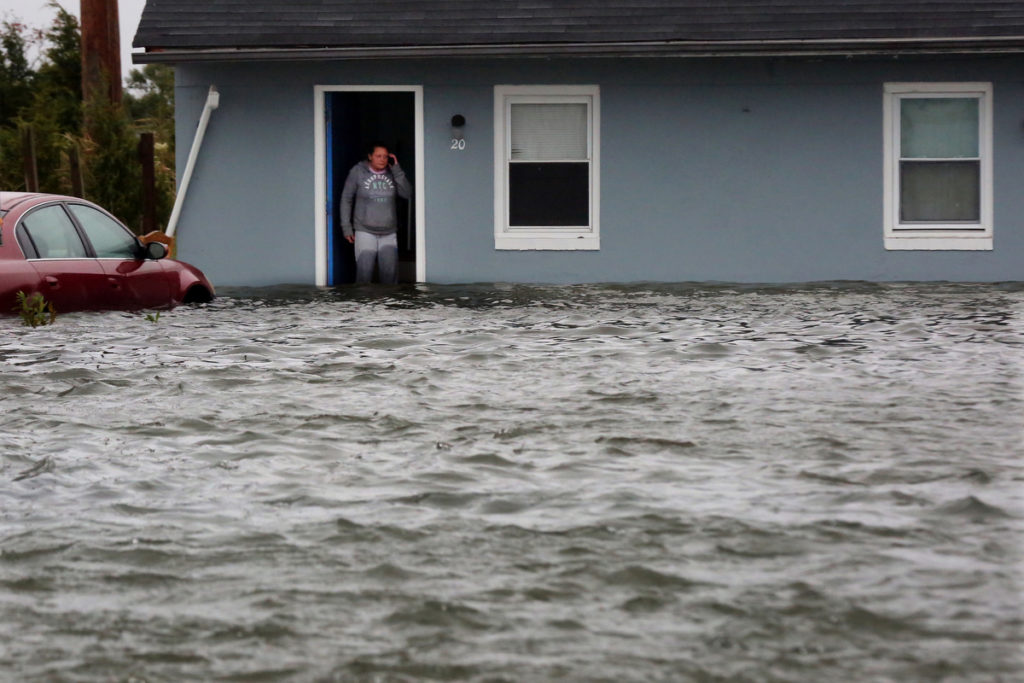
The full report can be found at nj.gov/dep/ climatechange/data.html.
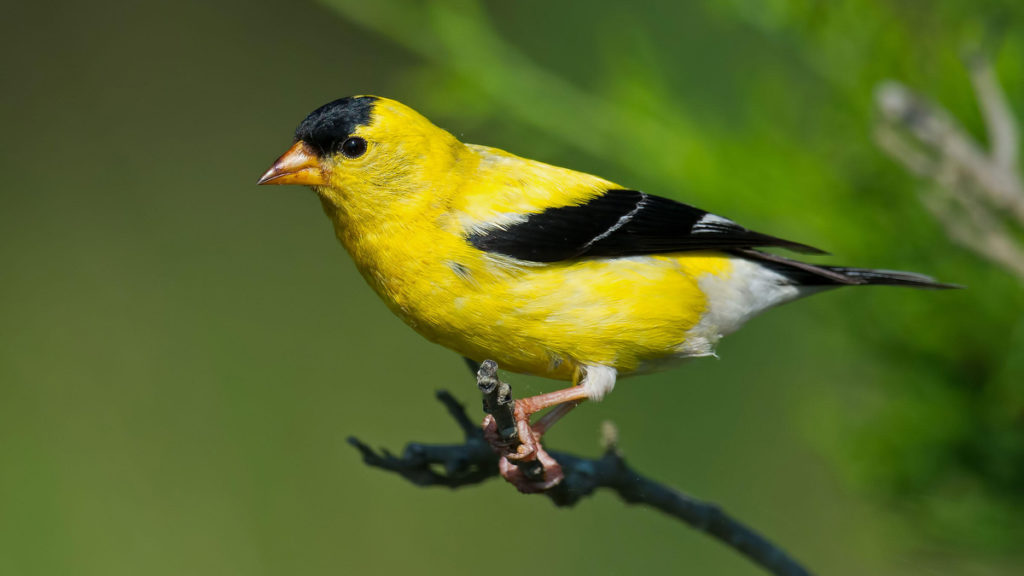
This story was produced in collaboration with CivicStory and the New Jersey Sustainability Reporting Hub project. It was originally reported by Vernon Ogrodnek for the Press of Atlantic City, and may be re-distributed through theCreative Commons License, with attribution.
